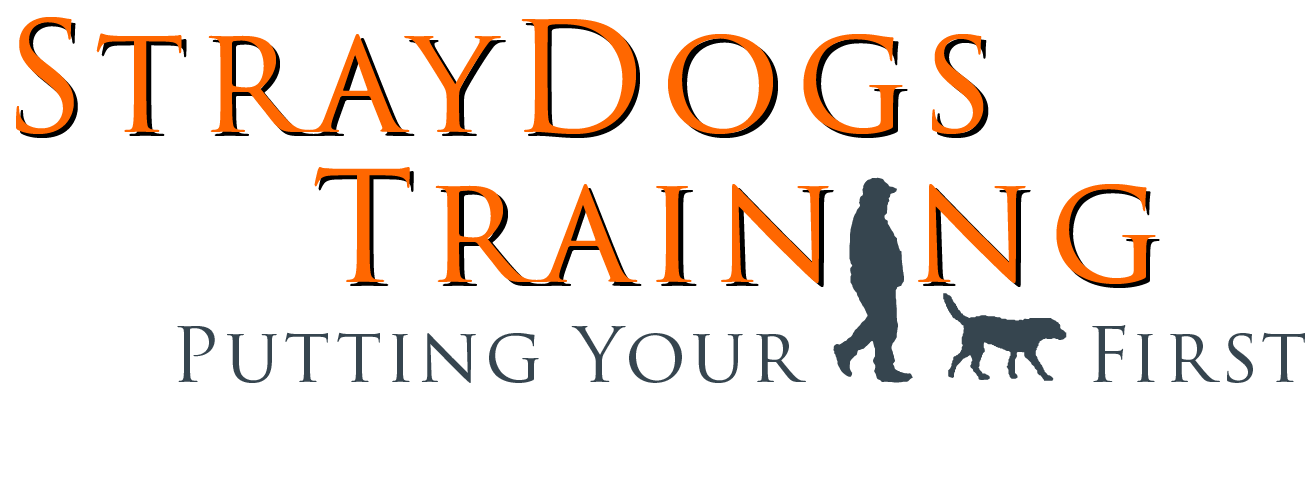If your dog listens sometimes, but seems to forget everything when it matters most, you’re not alone. For many owners, the problem isn’t a lack of training sessions or better treats. It’s a lack of consistency.
Clear, consistent rules are what truly shape a calm, well-behaved, and responsive dog. When expectations stay the same day after day, your dog gains confidence, feels less stressed, and learns faster. Even small changes in your daily approach can lead to big improvements in your dog’s behavior.
What Do We Mean by “Consistent Rules”?
Consistency means your dog can trust that your response will be the same, every time, for the same behavior. It’s about creating patterns your dog can predict.
For example:
- If jumping on guests is never allowed, it’s never allowed, even when the guests say “it’s okay.”
- If barking at the window gets redirected during your Zoom calls, it gets redirected every time, not just when it annoys you most.
- If you don’t allow begging during dinner, snacks from the table are off-limits all the time, not just when your kids remember the rule.
Why Consistency Matters More Than Perfection
Dogs don’t need perfect training; they need clear expectations.
When rules shift depending on your mood, your dog gets confused. That confusion creates anxiety, hesitation, and often, behavioral issues.
Here’s what consistent rules build:
- Confidence – Dogs thrive on knowing what to expect.
- Trust – Your dog learns they can rely on your leadership.
- Faster Learning – Clear patterns help dogs associate cause and effect.
- Less Conflict – No more guessing games = fewer power struggles.
- Calmer Behavior – Predictability reduces anxiety-driven reactivity.
What Happens When Rules Are Inconsistent?
Inconsistency sends mixed signals. And mixed signals lead to mixed behavior.
Dogs are always learning, but if “down” sometimes means stop jumping and other times means lie down, your dog won’t know what you want. Mixed signals like this create confusion and slow progress.
Common results of inconsistent rules:
- Selective listening
- Boundary testing
- Nervous or clingy behavior
- Increased barking or jumping
- Slower progress during training
Inconsistent humans create inconsistent dogs. Not because you’re doing something wrong, but because your dog can’t follow rules that change every day.
Common Mistakes That Undermine Consistency
You don’t have to be a drill sergeant to be consistent. But you do have to be aware of a few sneaky habits that send mixed messages:
1. Letting guests or family “break the rules”
If your rule is “no jumping,” don’t let others encourage jumping, even if they’re “dog people.”
2. Only enforcing rules when it’s convenient
If your dog is expected to wait at the door but allowed to rush out when you’re in a hurry, they’ll learn the rule only counts sometimes.
3. Using the same word with different emotional meanings
If your dog’s name sometimes means “yay, pay attention!” and other times means “you’re in trouble,” they’ll start to hesitate or tune out. Keep your tone and purpose consistent so their name always builds trust and engagement.
4. Allowing behavior based on your dog’s mood
If your dog is allowed to pull when they’re “excited” but corrected other times, they’ll assume the rules bend when energy is high. The rules should be the same regardless of how amped up your dog is.
How to Start Being More Consistent Today
You don’t need to overhaul your entire routine. Start with one or two areas where consistency is most important. Here’s how:
Step 1: Choose 2–3 house rules
Pick the behaviors that matter most right now (e.g., no jumping, no begging, waiting at the door).
Step 2: Define what success looks like
What exactly do you want your dog to do instead of the behavior you’re correcting?
Step 3: Communicate with the household
Everyone must follow the same rules, use the same cues, and enforce them the same way.
Step 4: Correct calmly, praise clearly
Consistency isn’t about punishment; it’s about clear, repeated expectations.
Step 5: Be patient with yourself
You don’t need to be perfect. You just need to be predictable.
Real-Life Example: From Chaos to Calm
One of our clients had a young rescue pup who barked constantly, jumped on everyone who walked through the door, and seemed to ignore commands entirely. The owners were caring and committed, but each person in the house handled things differently. Dad allowed couch cuddles, Mom enforced no jumping, and the kids rewarded bad behavior with treats and giggles.
The result? The dog was overwhelmed, overstimulated, and confused about what anyone actually wanted from her.
Once the family agreed on just a few consistent rules, no jumping, no couch, and waiting at the door, the change was dramatic. Within two weeks, the pup was calmer, more responsive, and no longer testing boundaries 24/7. She finally understood the expectations, and with that clarity came confidence.
Consistency isn’t just a training tactic; it’s a relationship builder. It helps your dog feel safe, clear, and connected to you. When your dog knows what to expect, they stop guessing and start listening.
Start small, stay steady, and you’ll see a big shift in your dog’s behavior and in your bond.
Want to avoid the most common mistakes that keep owners stuck?
Grab my free guide: Top 5 Mistakes Dog Owners Make—and How to Fix Them.

